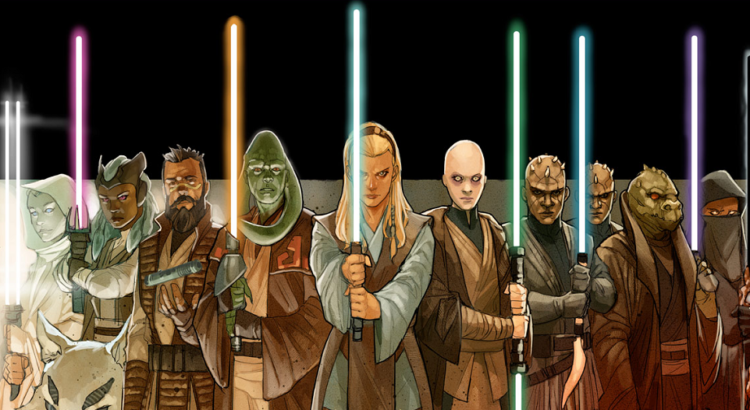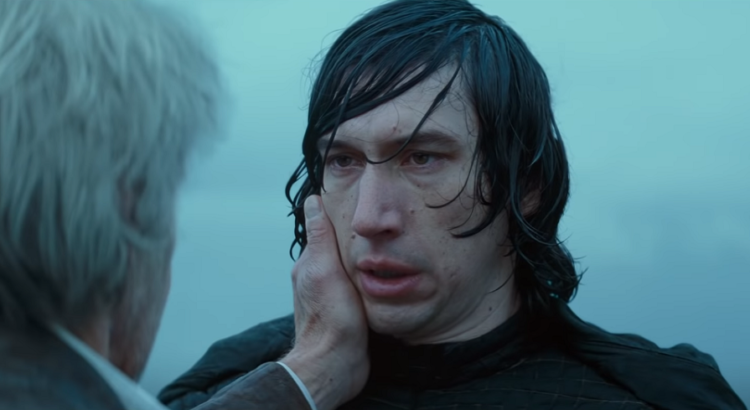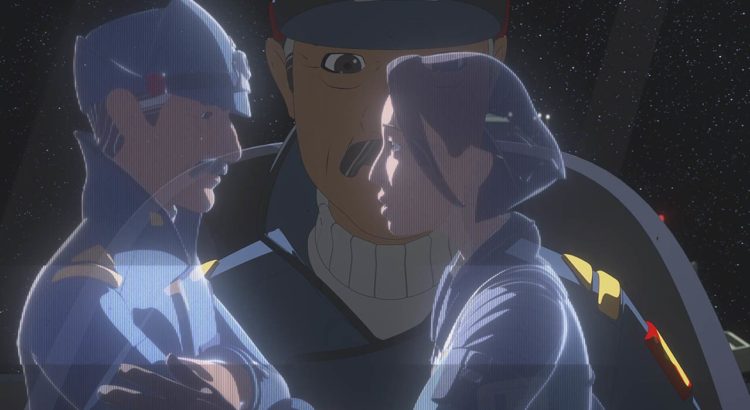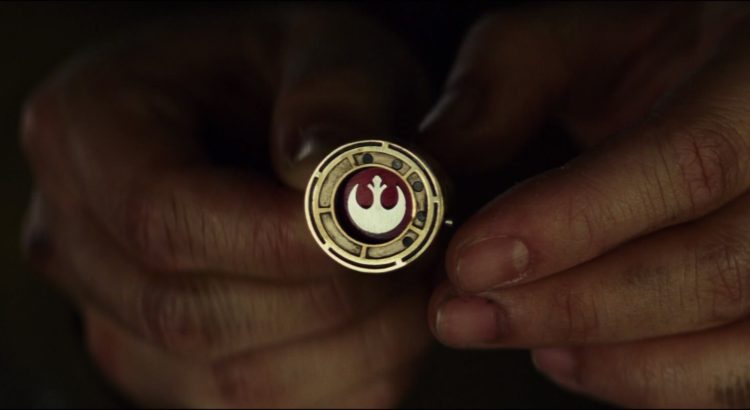“But a frightening new adversary threatens…”
The High Republic, the upcoming series of novels and comics exploring an era two hundred years before the events of The Phantom Menace, may or may not act as the incubator of future Star Wars. But from what we know so far, it could represent a new hope for its storytelling, one that reflects our turbulent times and the fears (and idealism) of today’s young people.
Initial reaction to The High Republic has been broadly positive: it’s time to move on from the Skywalker saga, with new stories to be told. I see three reasons for hope, based on three storytelling principles that helped to make Star Wars great and which could be reflected in The High Republic. (Yes, I’m just speculating – The High Republic could go in many directions, but it’s a way of thinking about the past, present and future of Star Wars.)
Firstly, the setting. The High Republic is set in a “golden age” at the height of the Galactic Republic, protected by the Jedi Knights as guardians of peace and justice. While Star Wars’ used-future aesthetics seem to be endlessly enjoyable, there’s a deeper meaning to “setting” here, meaning context.
Crucially, this setting needs to be in crisis – it’s not Star Peace, after all. In A New Hope we were thrown into the midst of a Galactic Civil War. Even more, what propels the plot of Episode IV is that the principal characters realize they’re witnessing the final consolidation of the Empire’s power, its total domination of the galaxy, through its ultimate weapon coming online. This is what the characters need to respond to, and immediately (we’ll return to those responses later).
Read More




